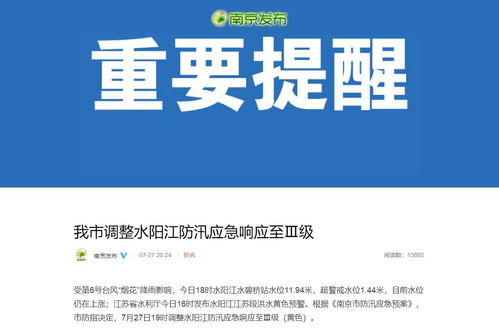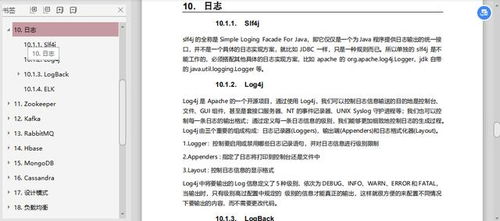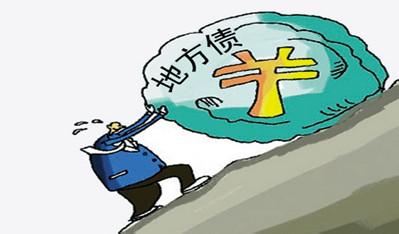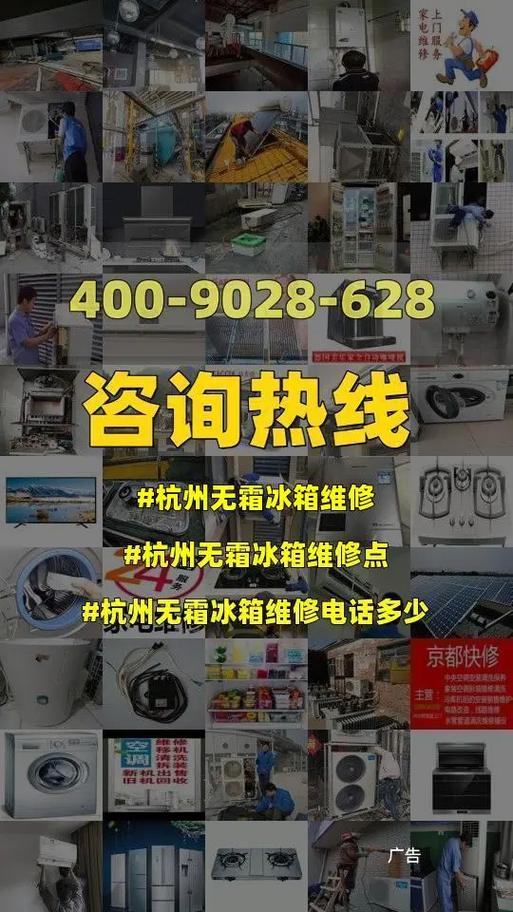音乐喷泉安装公司
Title: Maintaining LargeScale Musical Fountains in Qinghai
Maintaining largescale musical fountains in Qinghai requires a comprehensive approach blending technical expertise, logistical coordination, and environmental considerations. Here's a breakdown of key aspects to consider:

1. Technical Expertise:
Maintaining the intricate machinery of largescale musical fountains demands specialized technical knowledge. This includes understanding the mechanics of the fountain pumps, water filtration systems, lighting fixtures, and audio equipment. Regular inspections by qualified technicians are essential to identify any potential issues before they escalate.
2. Preventive Maintenance:
Implementing a proactive maintenance schedule is crucial to prevent breakdowns and ensure consistent performance. This involves regular cleaning of fountain nozzles to prevent clogging, inspecting electrical connections for corrosion, and lubricating moving parts to reduce friction and wear. Additionally, conducting routine water quality tests helps to ensure optimal clarity and hygiene.
3. Environmental Considerations:
Operating a largescale fountain in Qinghai's unique environmental conditions requires careful consideration. Factors such as extreme temperatures, high altitude, and exposure to dust and debris can impact the fountain's performance and longevity. Employing weatherresistant materials, installing protective covers when not in use, and adjusting operational parameters to suit environmental conditions can help mitigate these challenges.
4. Collaborative Partnerships:
Collaborating with local authorities, environmental agencies, and community stakeholders is essential for the successful maintenance of largescale musical fountains. By fostering open communication and cooperation, issues such as water usage, noise pollution, and ecological impact can be addressed collaboratively. Engaging with local experts can also provide valuable insights into adapting maintenance practices to suit Qinghai's specific environmental context.
5. Staff Training and Education:
Investing in staff training ensures that maintenance personnel are equipped with the necessary skills and knowledge to effectively manage the fountain system. Training programs should cover technical troubleshooting, safety protocols, and environmental stewardship practices. By empowering staff with the right expertise, the risk of downtime due to maintenance issues can be minimized.
6. Continuous Monitoring and Optimization:
Regular monitoring of performance metrics such as water flow rate, energy consumption, and sound quality allows for ongoing optimization of fountain operations. Leveraging digital monitoring systems and remote sensors enables realtime tracking of key parameters, facilitating timely intervention in case of anomalies. Additionally, gathering feedback from visitors and stakeholders can provide valuable insights for finetuning the fountain's programming and aesthetic appeal.
In conclusion, maintaining largescale musical fountains in Qinghai demands a multifaceted approach encompassing technical expertise, preventive maintenance, environmental considerations, collaborative partnerships, staff training, and continuous optimization. By adhering to these principles, fountain operators can ensure the longevity, efficiency, and sustainability of these captivating attractions amidst Qinghai's breathtaking natural landscape.











